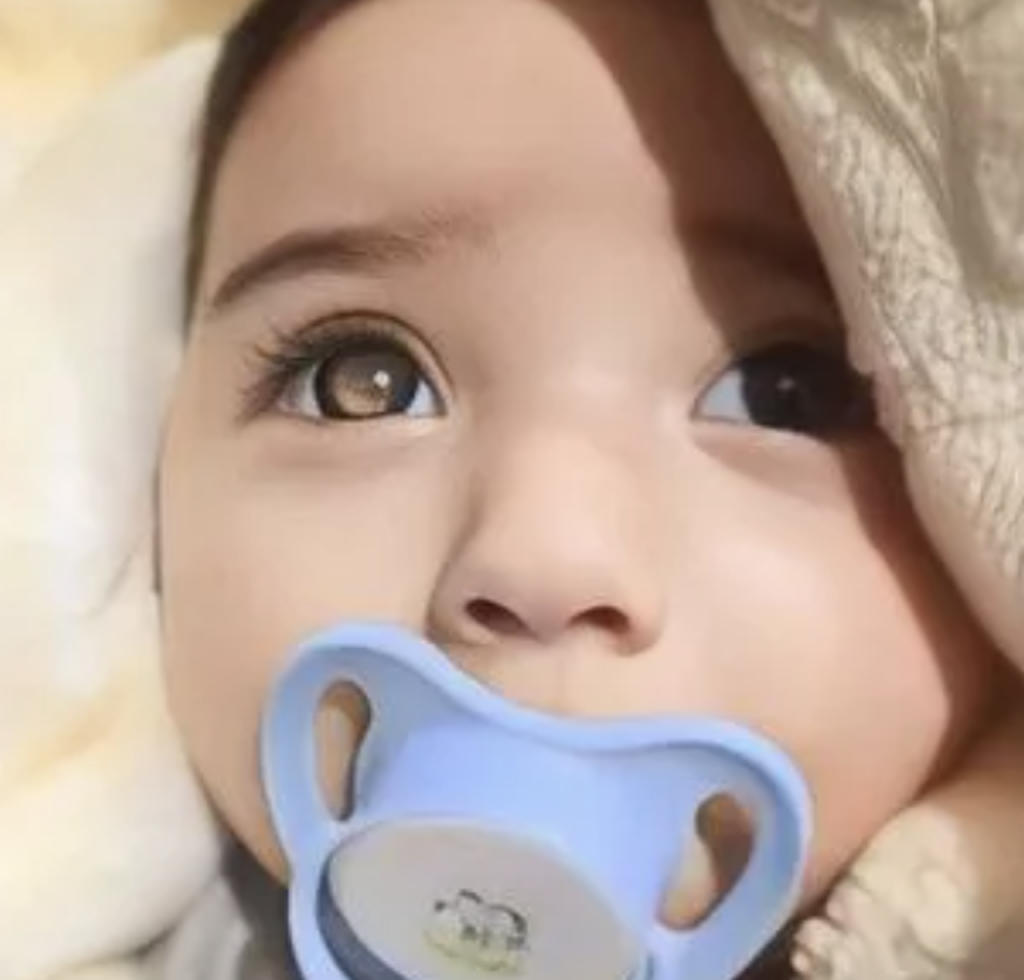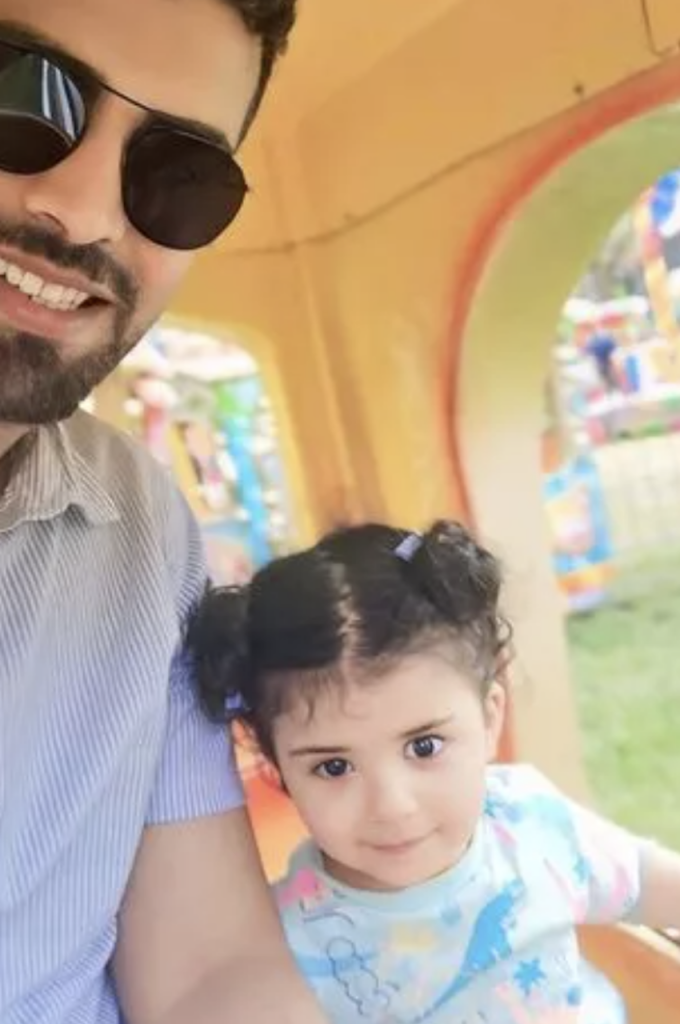Caring for a Child With Cancer
- An 11-week-old girl was diagnosed with a rare type of eye cancer called bilateral retinoblastoma six weeks after her parents first noticed an unusual glare in her eye, after taking a photo with a flash. The parents of the young girl, Shuhd Garcia, who is two years old, are sharing her story to encourage others to advocate for their children when it comes to their health.
- The term eye cancer can refer to any cancer that begins in the eye. The most common type of eye cancer is ocular melanoma, however, the type Shuhd Garcia was diagnosed with is called retinoblastoma. Retinoblastoma is the most common type of eye cancer found in children, but it is rare; approximately 200-300 children will be diagnosed with it in the U.S. each year.
- A child’s cancer diagnosis affects the entire family so when assuming the role of a caregiver, it’s important to remember to be your child’s biggest advocate so they receive the best care possible. This includes making sure any concerning symptoms are fully and expeditiously addressed.
- Caregivers must also be on guard for “caregiver burnout” where stress, anger, fatigue, and illness emerge from putting another person’s needs ahead of their own. Remember, talking to a therapist or your support group is an important tool to help you cope during this difficult period.
- Through interviews with expert oncologists, social workers, patients advocates, and more, SurvivorNet has come up with a checklist of helpful steps cancer caregivers can take throughout the journey.
The now-toddler, Shuhd Garcia, is two years old, and her parents are sharing their daughter’s story to help raise awareness for the disease and encourage others to advocate for their children when it comes to their health.
Read More
“It was a daunting experience, but learning more about it and receiving support has been crucial.”
Instead of waiting to see an optician to have her eyes checked, Faiz recalled his daughter’s doctor advising him to take her to the emergency room, leading them to another hospital to undergo testing.
He continued, “It wasn’t until she was eleven weeks old and after thorough examinations at the Royal London Hospital that the diagnosis was fully confirmed as bilateral retinoblastoma, cancer in both of her eyes.
“This period was incredibly challenging and filled with uncertainty, but receiving a definitive diagnosis was a crucial step in moving forward with her treatment.”

Garcia then underwent two rounds of chemotherapy for the cancer found in her right eye, but it was unsuccessful as the cancer continued to spread and she ended up needing her eye removed and replaced with a prosthetic.
In total, she underwent six rounds of chemotherapy, which she completed a year after her diagnosis, as well as laser therapy, cryotherapy, and surgery to remove her eye.
Three months after completing chemo, she still had cancer and needed an additional six months of laser therapy.
After noting how his daughter will continue being monitored, he said, “After the initial treatments that she received, there was a relapse of her tumours a few months later. However, after they were treated with laser therapy, we haven’t had any concerns during the last two or three visits.”
Despite her healthy journey, Garcia’s dad has admitted, “She’s a very happy little girl who loves being out and about.”
Understanding Retinoblastoma, A Rare Type of Eye Cancer
The term eye cancer can refer to any cancer that begins in the eye. The most common type of eye cancer is ocular melanoma, however, the type Shuhd Garcia was diagnosed with is retinoblastoma, which happens to be the most common type of eye cancer in children. However, in Garcia’s case, he was diagnosed with bilateral retinoblastoma, which is when the cancer affects both the eyes.
This type of cancer usually develops in infants and very young children, and it rarely is found in children older than age 6. Overall, retinoblastoma is rare, but it makes up for about 2 percent of all childhood cancers, according to the American Cancer Center. Additionally, approximately 200 to 300 children are diagnosed with the disease annually in the United States.
About 75 percent of children with retinoblastoma have a tumor present in only one eye (which is called unilateral retinoblastoma), but another 25 percent will have both eyes affected (something called bilateral retinoblastoma).
Thankfully, more than nine out of 10 children across the nation with retinoblastoma are able to be cured.
This type of cancer can also be inherited. However, most children diagnosed with retinoblastoma do not have a family history of the disease regardless of whether theirs is heritable or non-heritable.
Meanwhile, children with heritable retinoblastoma have a 50 percent chance of eventually passing on the RB1 gene change that causes the tumor to their offspring. Children diagnosed with non-heritable retinoblastoma do not pass on an increased risk of developing the disease.
Symptoms of Retinoblastoma
Retinoblastoma is most often diagnosed after a parent or doctor notices something unusual about a child’s eye. Since parents know their kids best, it’s crucial for parents to be vigilant of their children’s bodies and speak up about any changes or unusual behavior they notice.
Two of the more common signs and symptoms include:
- White pupillary reflex (leukocoria) the pupil appears white or pink instead of red when you shine a light in the eye
- Lazy eye (strabismus) the eyes don’t appear to look in the same direction
Other less common signs and symptoms can be:
- Vision problems
- Eye pain
- Redness of the white part of the eye
- Bleeding in the front part of the eye
- Bulging of the eye
- A pupil that doesn’t get smaller when exposed to bright light
- A different color in each iris (the colored part of the eye)
And if the cancer spreads outside the eye, symptoms can vary depending on where it’s located.
Symptoms for these scenarios can include:
- Loss of appetite and weight loss
- Headache
- Vomiting
- Lumps under the skin in the neck
How To Be A Better Caregiver For Your Loved One
It’s important to note, however, that the majority of these signs and symptoms are most often caused by something other than retinoblastoma. Regardless, you should always mention any of these signs or symptoms to your child’s doctor should they arise, as the outlook for retinoblastoma patients is not as good if the cancer has had time to metastasize (spread) outside of the eye.
Treating Retinoblastoma
The main ways to treat retinoblastoma are:
- Surgery (Enucleation) for Retinoblastoma
- Radiation Therapy for Retinoblastoma
- Laser Therapy (Photocoagulation or Thermotherapy) for Retinoblastoma
- Cryotherapy for Retinoblastoma
- Chemotherapy for Retinoblastoma
Systemic chemotherapy is when chemo drugs are injected through an IV or given by mouth to enter the bloodstream.
This form of chemo is offered in cycles, with periods of rest in between each treatment cycle, which lasts for a few weeks. In total, systemic chemo is done over the course of several months.
Some of the drugs used to treat retinoblastoma are Carboplatin, Cisplatin, Vincristine, Etoposide, Cyclophosphamide, Topotecan, Doxorubicin.
“Most often, 2 or 3 drugs are given at the same time. A standard combination is carboplatin, vincristine, and etoposide, although for very small tumors, only carboplatin and vincristine may be enough,” as per the American Cancer Society. “Other drugs might be used if these are not effective.
Advocating for Yourself While Navigating the Medical World
Meanwhile, cryotherapy is done with a small metal probe “that is cooled to very low temperatures, killing the retinoblastoma cells by freezing them.”
According to the ACS, “It is only effective for small tumors toward the front of the eye. It is not used routinely for children with several tumors.”
This form of treatment is done while the child is under general anesthesia. “The probe is placed on the outer surface of the eyeball next to the tumor, which is then frozen and thawed several times,” the ACS explains further. “Cryotherapy is usually given 2 or 3 times, with about a month between treatments.”
Being An Advocate For Your Child
Here at SurvivorNet, we always encourage people to advocate for themselves when it comes to cancer and, more generally, health care. When it comes to a child, the parent must become the advocate.
And even if you’re called “pushy” or people dismiss the concerns you have for your child, it’s important to remember that you never know when speaking up about a seemingly unproblematic issue can lead to a very important diagnosis, cancer or otherwise.
Be Pushy, Be Your Own Advocate: Don’t Settle
Seeking multiple opinions is one way to make sure you or your child is getting the proper care and attention. You should also try to remember that not all doctors are in agreement. Recommendations for further testing or treatment options can vary, and sometimes it’s essential to talk with multiple medical professionals.
Contributing: SurvivorNet Staff
Learn more about SurvivorNet's rigorous medical review process.

